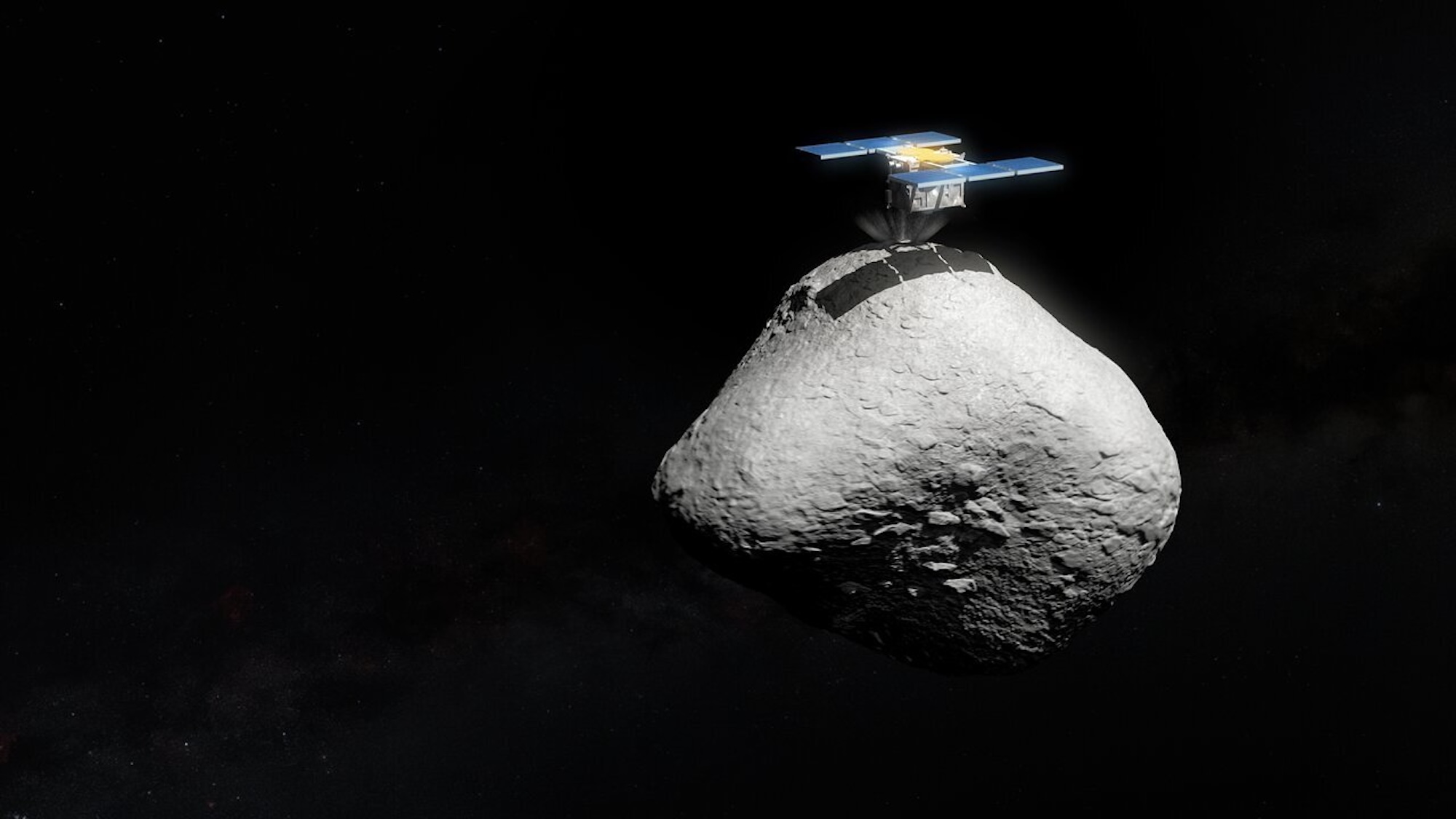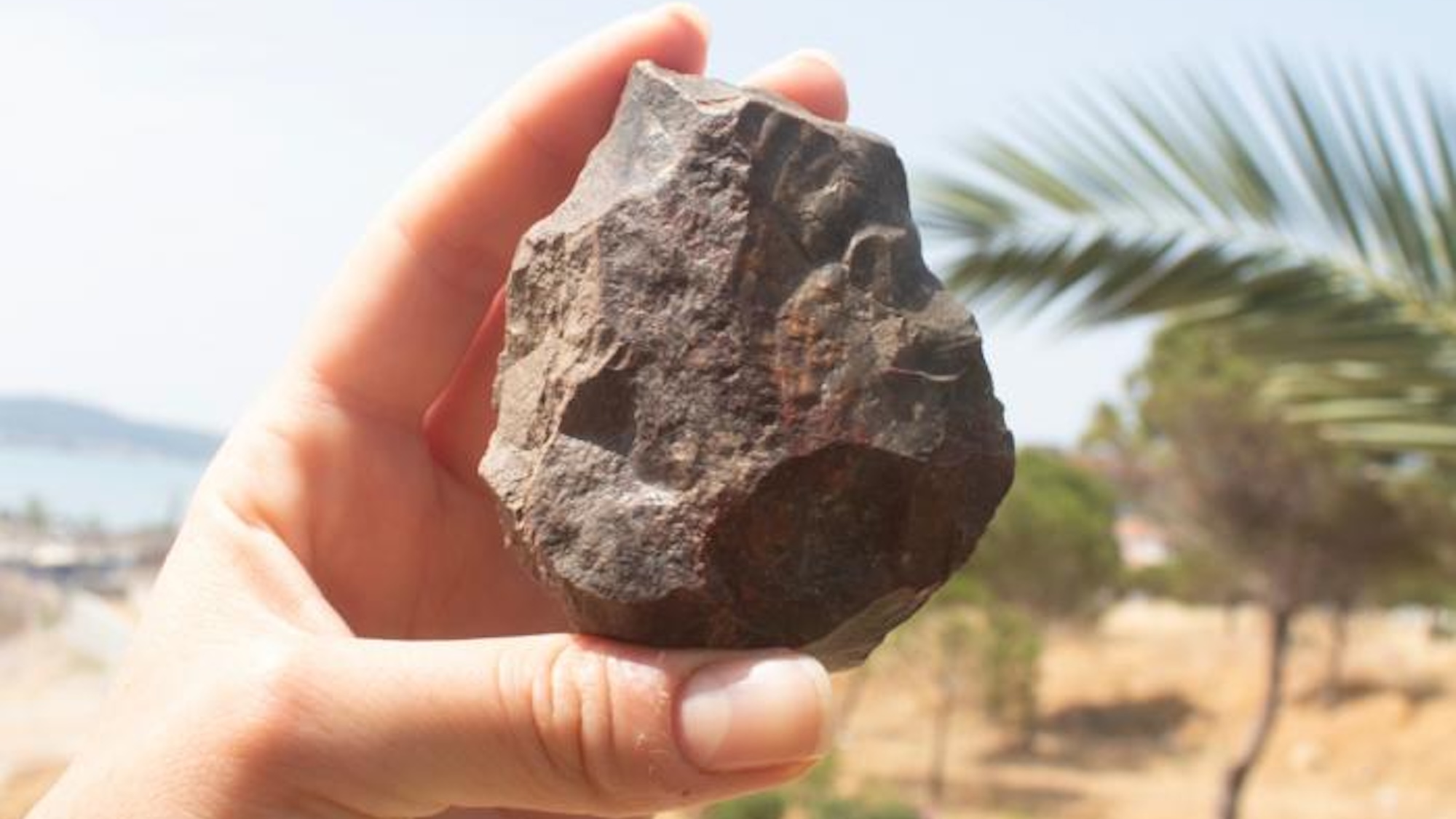Can a spacecraft land on a teeny tiny asteroid? Japan's Hayabusa2 will certainly try
PositiveScience

Japan's Hayabusa2 is gearing up for an ambitious mission to land on the tiny asteroid 1998 KY26, which measures only 36 feet across. This endeavor is significant not only because of the challenges posed by such a small target but also due to the potential insights it could provide into the early solar system. Successfully landing on this asteroid could pave the way for future exploration and deepen our understanding of celestial bodies.
— Curated by the World Pulse Now AI Editorial System











